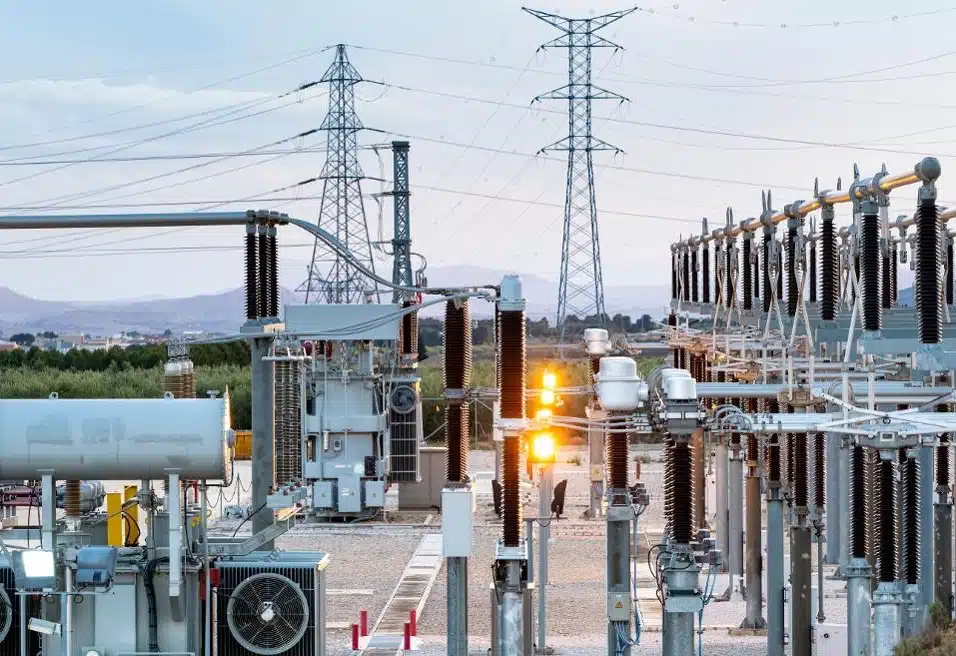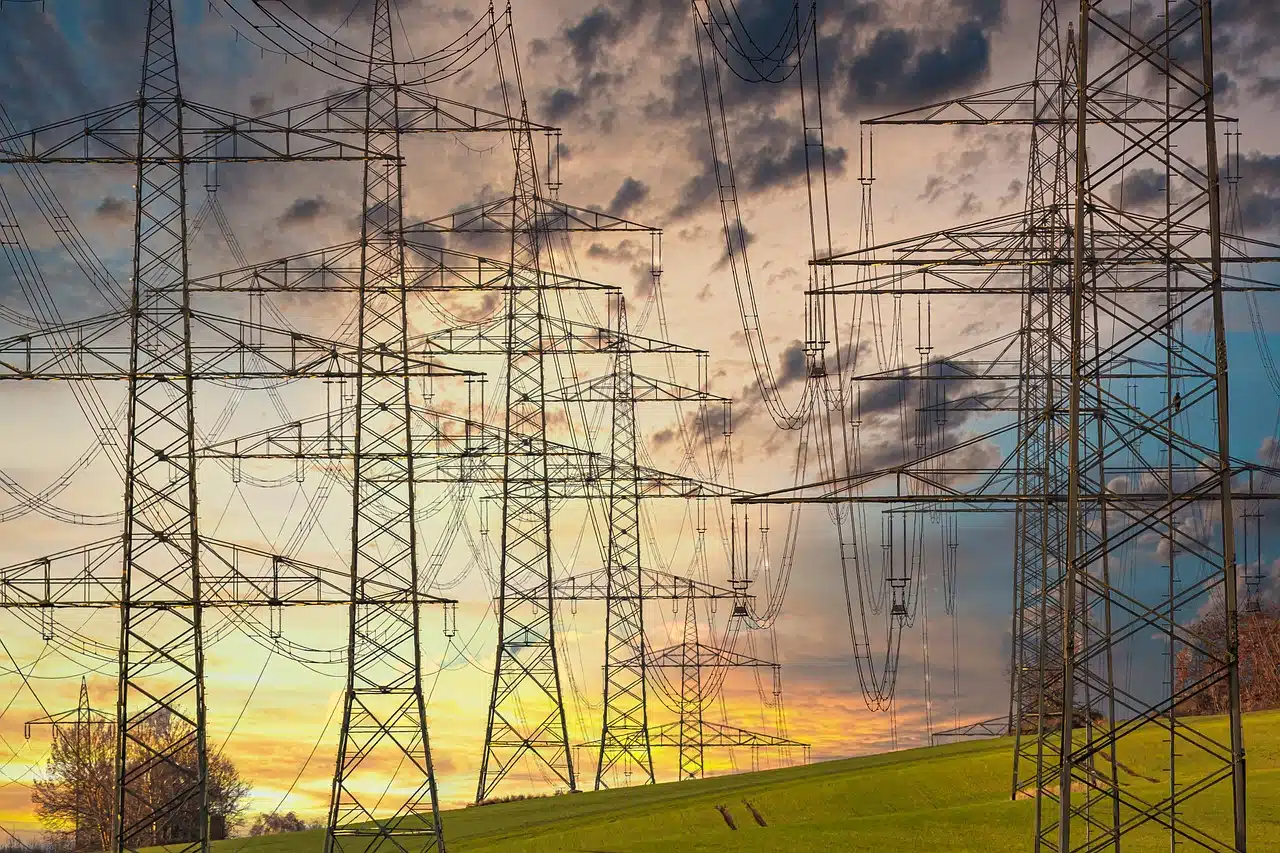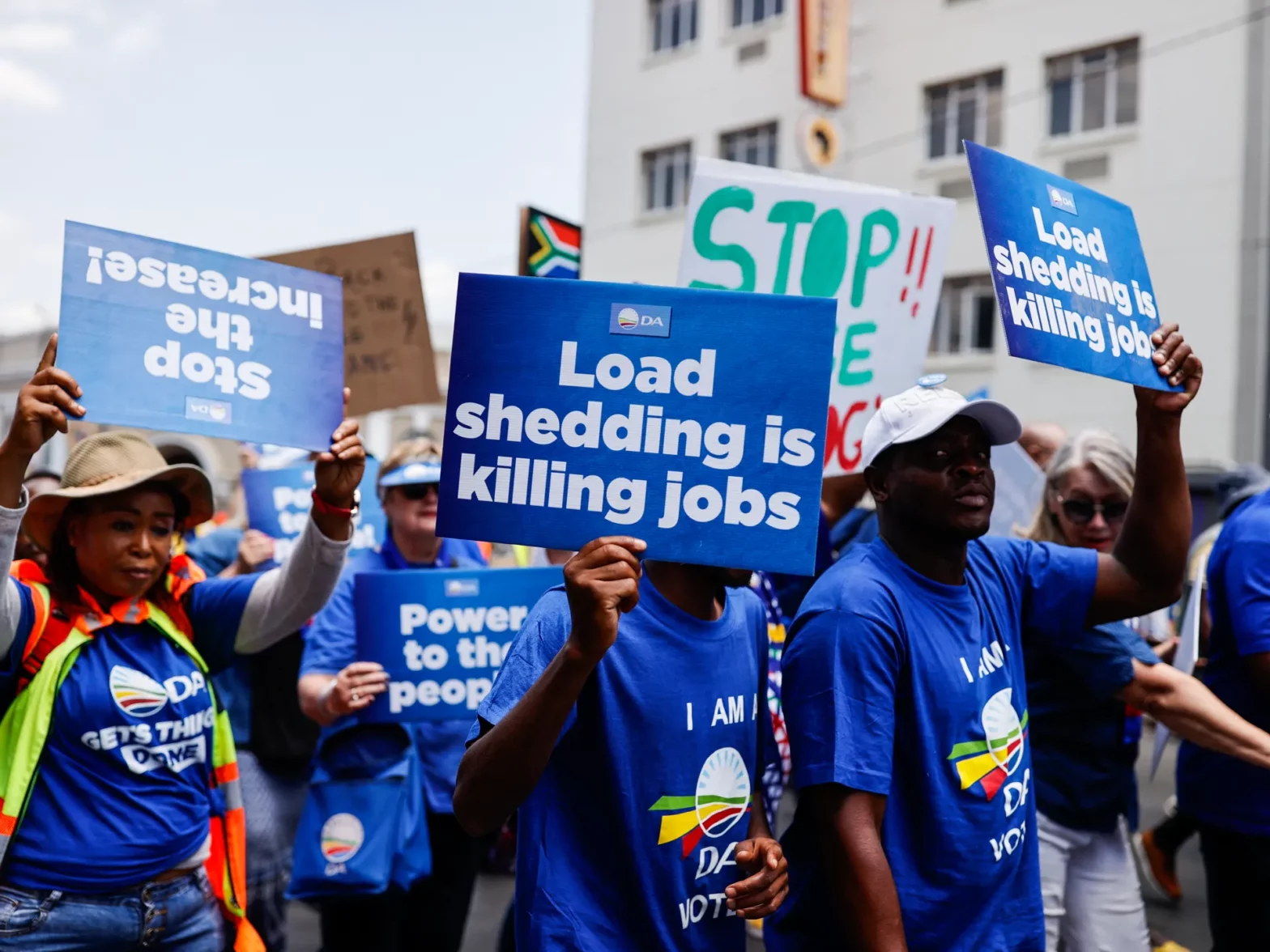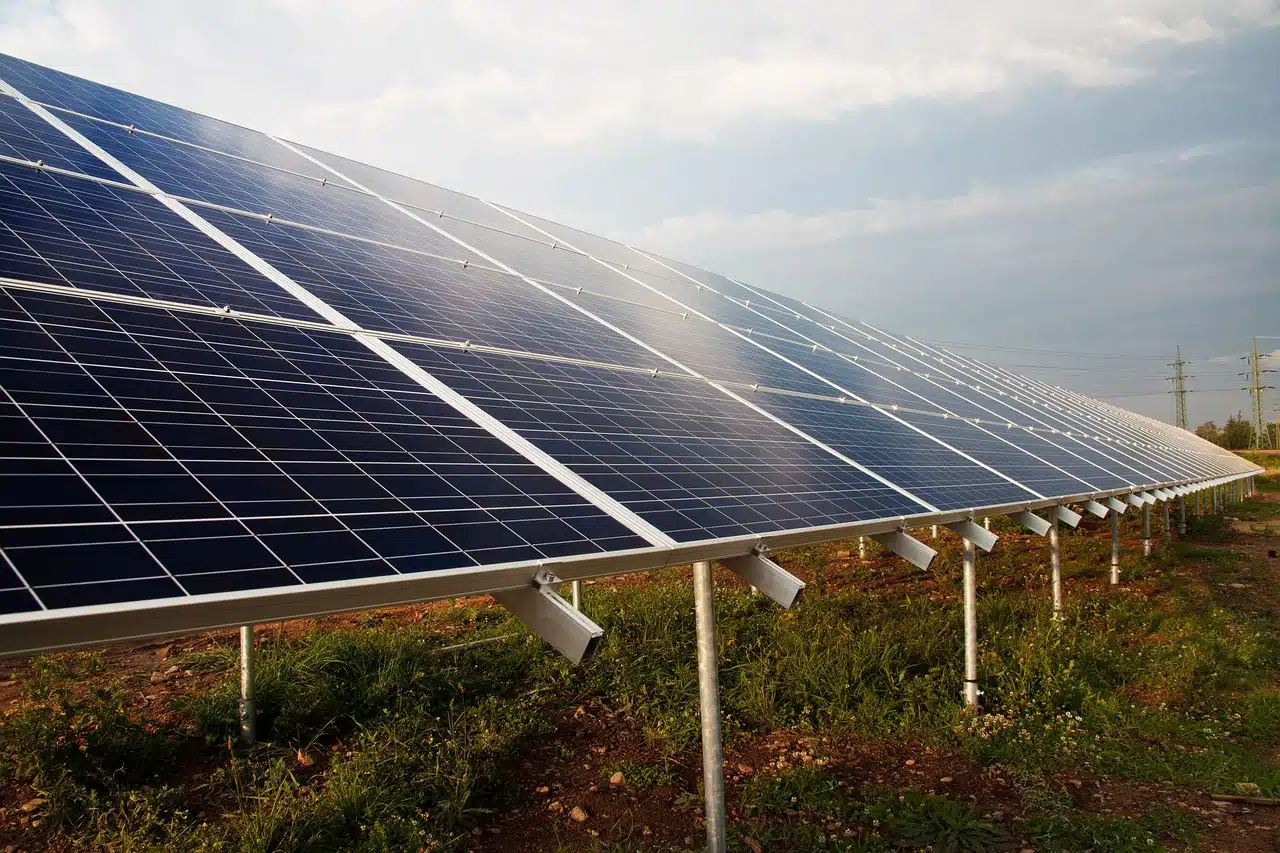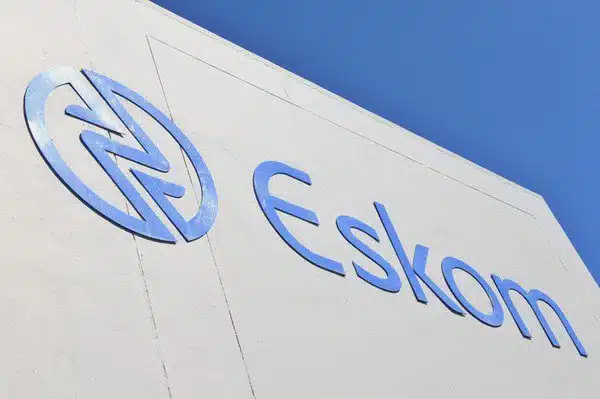Nigeria’s power sector recently experienced a 50% surge within two years, which contrasts sharply with the inadequate electricity generation, transmission inefficiencies, and distribution challenges of the preceding four decades.
From 4,000 megawatts (MW) in 2022, the country’s grid now delivers approximately 6,000 MW as of April 2025.
In March, Nigeria’s power sector achieved 5.7 MW electricity generation for the first time.
The Transmission Company of Nigeria (TCN) attributed the achievement to the collaborative efforts of power generation companies, distribution companies, and other stakeholders in the sector, which has led Nigeria to celebrate a 6,000MW in the following month.
This surge may be a result of strategic reforms, infrastructure upgrades, or the new administration of President Bola Ahmed Tinubu.
This marks a significant change for a nation long plagued by electricity shortages amidst the existing challenges, like the national grid collapses.
Four decades of power challenges
Nigeria’s power sector has been a paradox.
Despite its vast energy resources, including abundant fossil fuels and renewable energy potential, the country struggles with an unreliable electricity supply, leading to frequent blackouts and reliance on expensive alternative power sources, such as generators.
Between 1984 and 2022, Nigeria’s power generation capacity grew from 2,000 MW to just 4,000 MW, a mere doubling over nearly four decades.
This slow progress occurred from a combination of systemic issues: aging infrastructure, inadequate investment, regulatory bottlenecks, and frequent grid collapses.
The Nigerian Electricity Regulatory Commission (NERC) reported in 2021 that the average hourly generation was approximately 4,094 MW, far below the installed capacity of over 12,500 MW due to transmission and distribution inefficiencies.
Many households and businesses relied on costly diesel and petrol generators, which contributed an estimated 14,000 MW of self-generated power, underscoring the grid’s inability to meet demand.
By 2023, the average generation capacity hovered around 4,211 megawatts (MW), a figure grossly inadequate for a nation of over 200 million people.
The privatization of the power sector in 2013, intended to boost efficiency, initially faltered.
Distribution companies (DisCos) and generation companies (GenCos) faced liquidity crises, exacerbated by an N2 trillion debt owed to GenCos by 2024.
These challenges, coupled with vandalism of transmission infrastructure, kept Nigeria’s power output stagnant, with over 50% of the population lacking reliable electricity access.
Factors contributing to the 50% surge in energy
The 50% increase in power generation since 2022 can be attributed to a confluence of policy reforms, infrastructure rehabilitation, technical and operational improvement, and international partnerships.
The Electricity Act of 2023 was a pivotal step in decentralizing the power sector by empowering states to regulate their electricity markets.
This legislation enabled subnational governments to attract private investment and develop localized solutions, such as mini-grids and renewable energy projects.
A key driver of the recent surge was the completion of critical infrastructure projects. The Minister of Power, Adebayo Adelabu, attributed this growth to the commissioning of new power plants and enhancements in existing facilities, like the 700 MW Zungeru hydropower plant in 2024, that added significant capacity to the national grid.
He added that the new administration of President Bola Ahmed Tinubu has largely contributed to the 50% increase.
Arguably, most Nigerians would disagree with his statement because they are faced with constant power shortages amidst this improvement.
Additionally, the ongoing Siemens Presidential Power Initiative, launched in 2019, has rehabilitated transmission substations and reduced technical losses.
By March 2025, six pilot projects under this initiative had added 335 MW of capacity, with plans to upgrade 15 more substations by 2026.
The federal government also pushed to improve the gas supply to thermal power plants, which account for 86% of Nigeria’s electricity, also played a crucial role.
In 2024, the Nigeria Gas Flare Commercialization Programme (NGFCP), supported by Power Africa, converted flared gas into a viable energy source, boosting generation capacity while reducing carbon emissions.
These efforts addressed longstanding gas supply constraints that had limited thermal plant output.
Private-sector participation has further accelerated progress.
The Nigeria Sovereign Investment Authority’s Renewables Investment Platform for Limitless Energy (RIPLE) launched a $500 million initiative in 2023 for the development, investment, and operation of renewable energy projects across the entire value chain.
“We are excited to partner with the International Finance Corporation to advance the transition to energy efficient solutions in Nigeria, an institution that shares our commitment to sustainable development, our focus is to empower the customers with a resilient and environmentally friendly energy solution that will optimize productivity and reduce carbon footprint” said Mr. Yusuf Umar, Program Manager, RIPLE.
With the ongoing financial challenges within the power sector, the Federal Government allocated N2.4 trillion for electricity subsidies in 2025.
This initiative aims to bridge the gap between cost-reflective tariffs and regulated rates, ensuring affordability for consumers while stabilizing the financial health of GenCos and DisCos.
Meanwhile, TCN reported a reduction in aggregate technical, commercial, and collection (ATC&C) losses from 47% in 2021 to 38% by late 2024, reflecting improved efficiency in power delivery.
Upgrades to the national grid, including the reinforcement of seven transmission substations, have enhanced stability.
By mid-2024, over 1.4 million meters had been installed under federal programs, with a target of 5 million by 2025, improving revenue collection and accountability. This has increased DisCos’ billing efficiency to 82.36% and collection efficiency to 75.99%; these gains have alleviated liquidity issues, enabling DisCos to invest in network upgrades and reduce outages.
In the bid to improve unestimated billing, the Nigerian federal government is sustaining efforts, backed by financial commitments, to close the country’s metering gap. Nigeria is set to receive over 3.2 million meters to bridge the metering gap, as reported in April 2025.
Persistent challenges and risks in the Nigerian power sector
Nigeria’s power sector remains fragile. Grid collapses, though less frequent, continue to disrupt supply.
In October and November 2024, vandalism along the Shiroro-Kaduna and Lokoja-Gwagwalada transmission lines caused losses of 1,200 MW. Also, between January and November 2024, 128 transmission towers were destroyed, costing TCN over N8 billion in repairs.
The sector’s liquidity crisis also lingers, with GenCos receiving less than 40% of their 2024 invoices, leading to a projected funding shortfall of N1.7 trillion. This has led to GenCos struggling to meet financial obligations and sustain operations.
Tariff adjustments, while necessary for cost recovery, have sparked public discontent. The removal of subsidies for Band A customers in 2024 increased tariffs for those receiving 20 hours of daily supply, raising concerns about affordability.
Nigeria’s power generation remains heavily reliant on fossil fuels, with renewables accounting for less than 5% of the energy mix.
Achieving the Energy Transition Plan’s target of 30% renewable capacity by 2030, contributing to a 30GW total energy mix, will require significant investment and policy consistency.
Power implications for Nigeria’s future
The 50% increase in power generation capacity over two years is a positive indicator of progress within Nigeria’s energy sector.
However, for this growth to translate into tangible benefits for the Nigerians and the economy, continuous investment in both generation and transmission infrastructure is crucial.
International support remains critical. The African Development Bank’s $500 million loan in 2024 and the World Bank’s $1.1 billion commitment for transmission upgrades provide a financial backbone for ongoing reforms.
The Upgrade of the national grid to handle increased loads and implementing decentralized energy solutions, such as mini-grids and renewable energy sources, can enhance resilience.
The collaborative efforts between security agencies and local communities to protect power infrastructure from vandalism and insurgent activities are imperative.
The recent surge offers hope, but sustained effort is essential to transform Nigeria’s power sector for sustainable economic growth and development.

